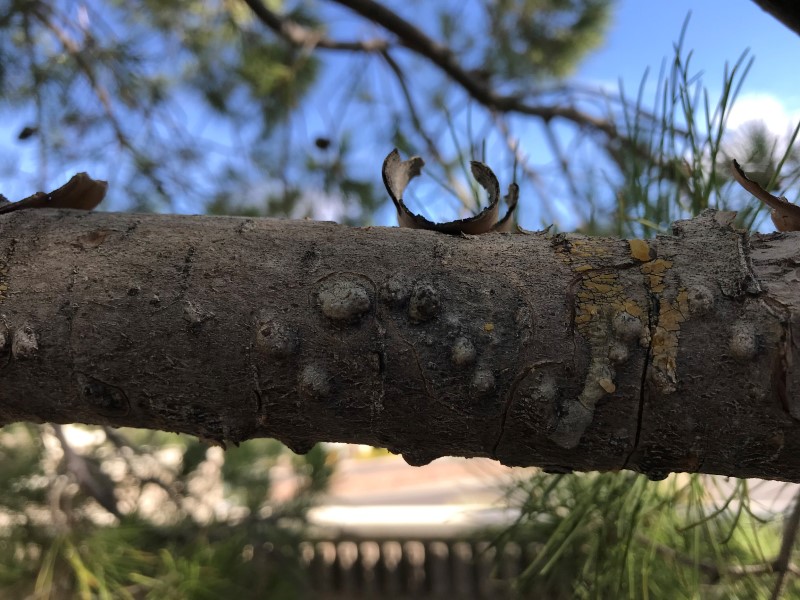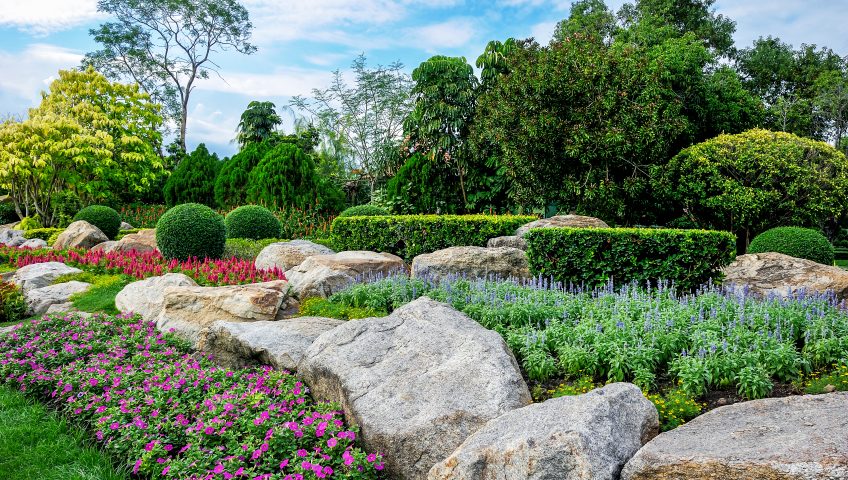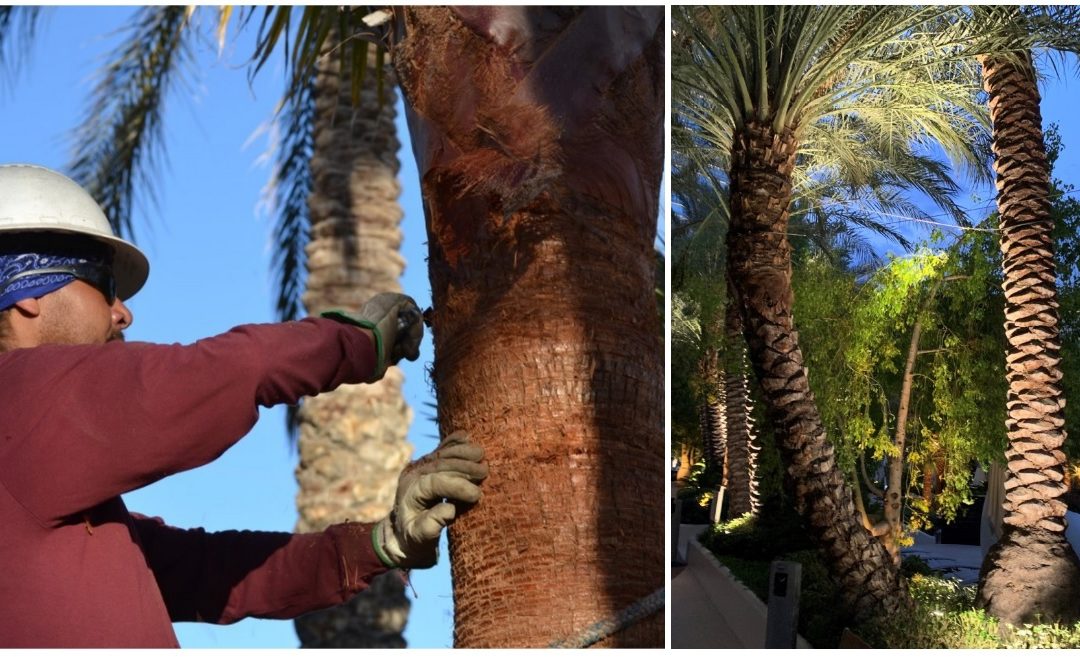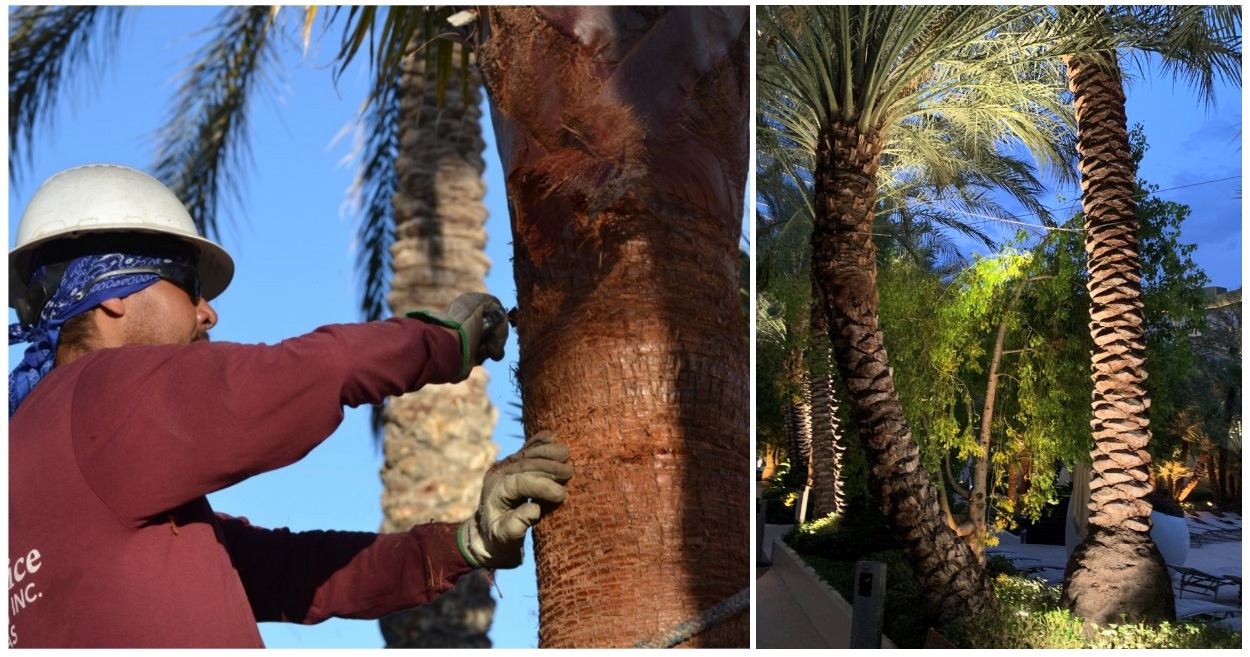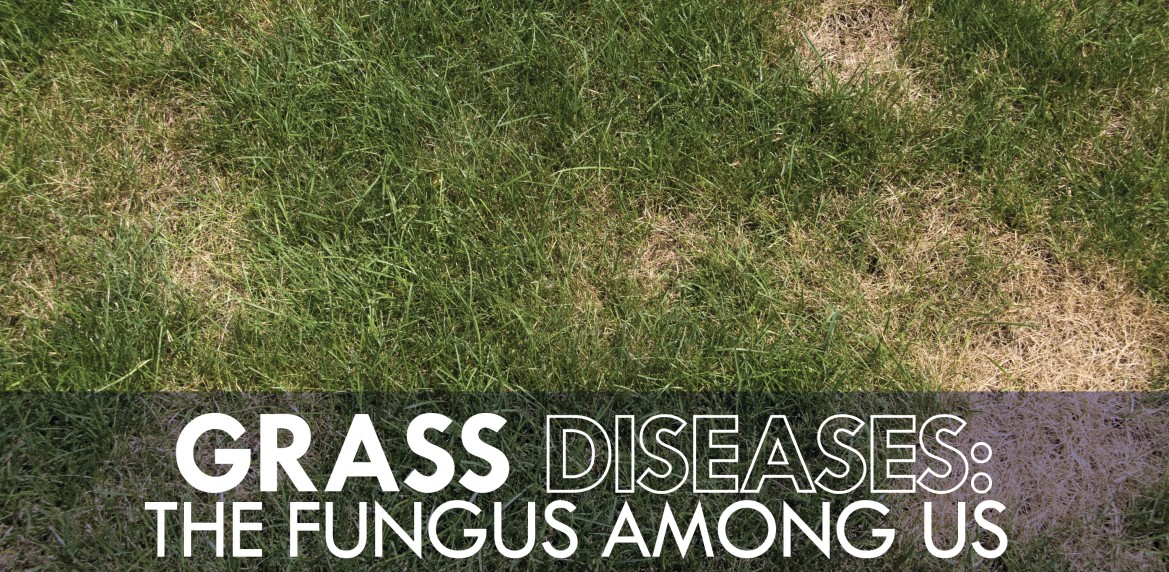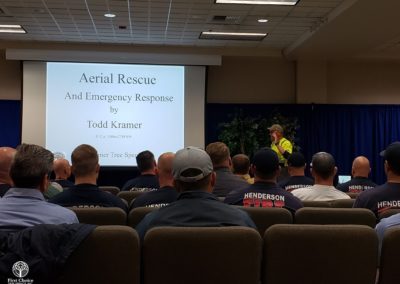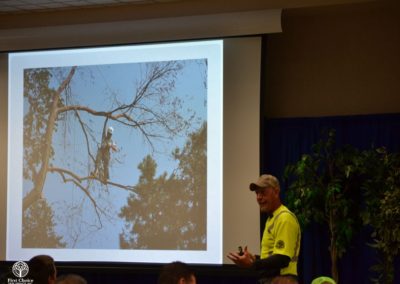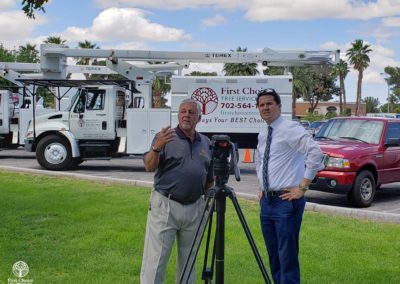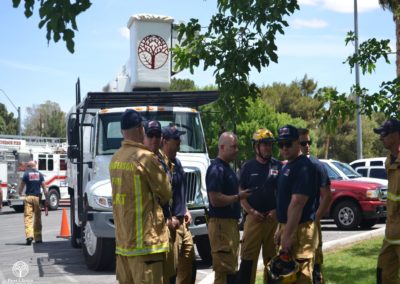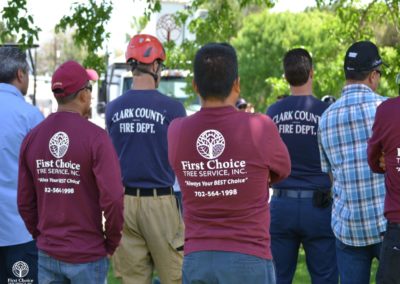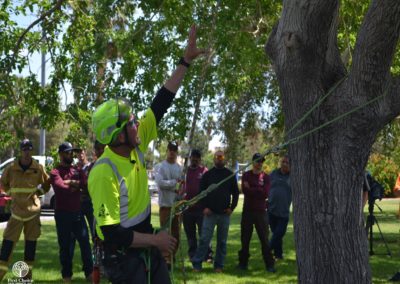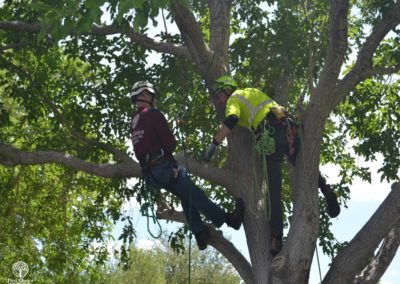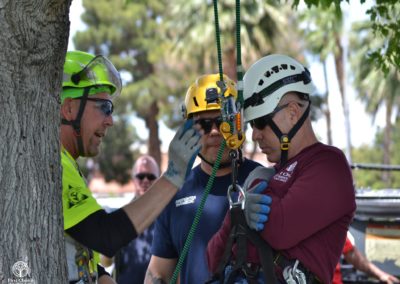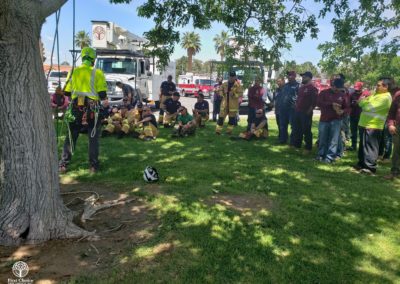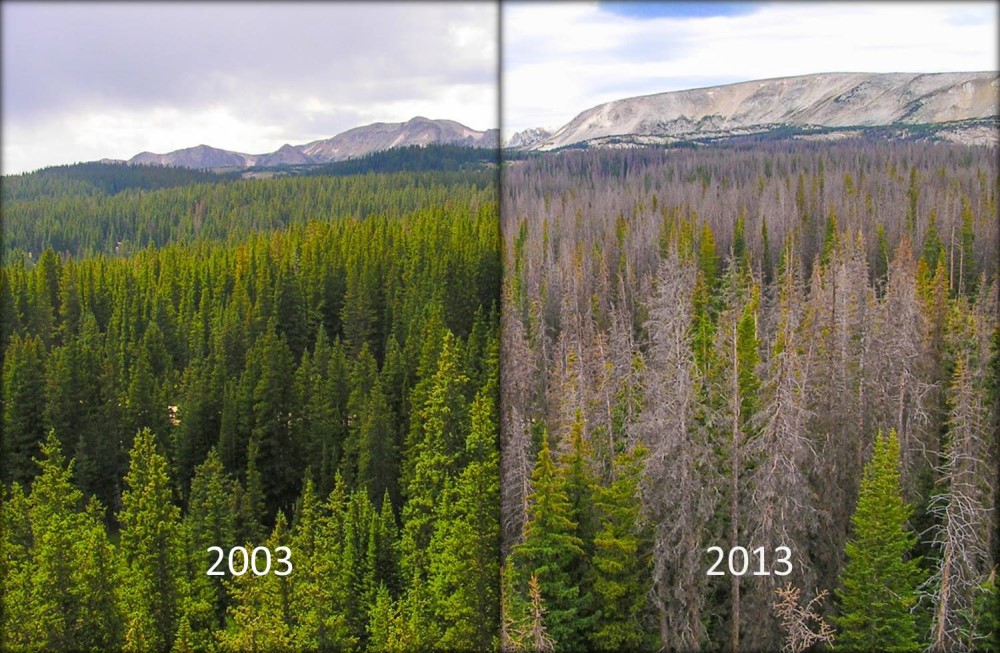
Keep An Eye On Your Pine Trees
One of the effects of the extended drought experienced in the Southwest region, including Nevada, is the introduction of the Mediterranean Bark Beetle to our area. The bark beetle attacks mostly coniferous trees, such as pines trees weakened by years of drought. One of the first signs of infestation is the fading or browning of the trees foliage. Upon closer inspection, you can actually see pitch tubes caused from boring in the bark by this pest.
The pictures above show the destruction the bark beetle caused in a 10 year span. Las Vegas has a large pine population and has felt the presence of this pest. Many of the valley’s pine trees are in declined or have died due to bark beetle infestation. The good news is your pine trees can be treated for this pest. Call to schedule an appointment with one of our certified arborists if you suspect you pine trees might be infested.

